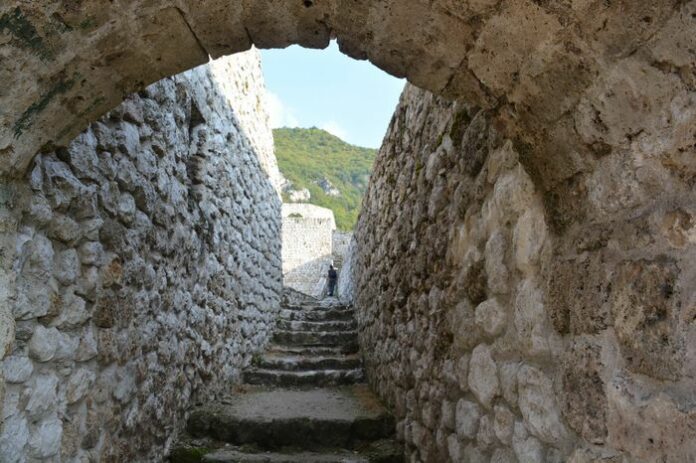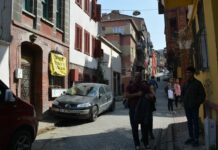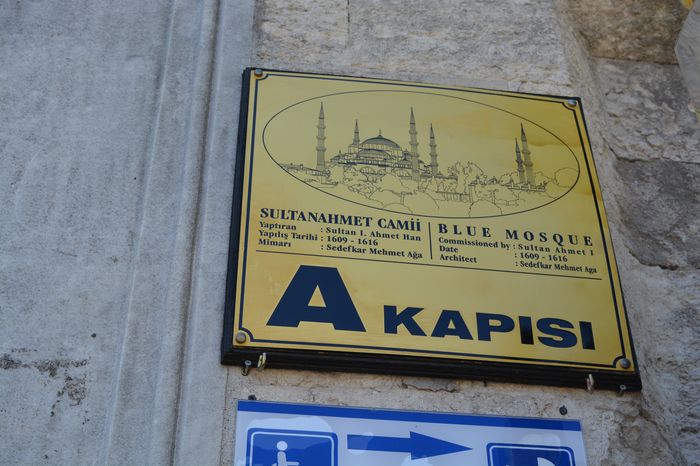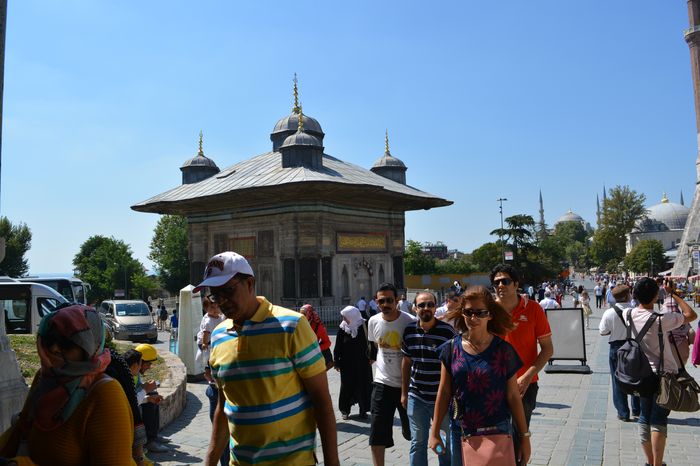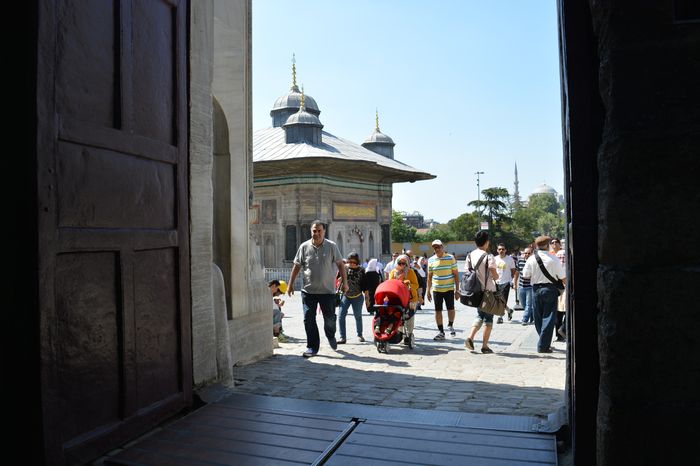Each presentation at the conference lasted 15 minutes. I was surprised—but impressed—that the moderators kept everything right on schedule! Most of the talks were just short versions of longer papers. These full papers will be published in a book called the Proceedings of the Symposium. I’m looking forward to reading that book when it comes out in a few months, so I can learn more from the detailed versions.
A Strong Focus on Noah in Islamic Teachings
One-third of the talks focused on Noah, the Ark, and the Great Flood as described in Islamic teachings and the Qur’an. I didn’t expect this, and I was surprised to see how much the Qur’an says about Noah. These talks helped me understand the topic better, especially since I don’t know Arabic and wasn’t familiar with these Islamic sources Bulgaria Private Tours Kazanlak.
Interestingly, not only the Qur’an but also other ancient writings—Jewish, Christian, and even pagan—mention Cudi Dagh as the place where Noah’s Ark landed (according to Crouse and Franz, 2006).
Key Presentations on the Ark’s Location
I’d like to highlight a few of the papers that I think will interest people who are studying the location of Noah’s Ark.
Bill Crouse Why Cudi Dagh, Not Agri Dagh
One of the main speakers was Bill Crouse, president of Christian Information Ministries. His talk was titled:
“Five Reasons for Rejecting Agri Dagh as the Ark’s Final Resting Place and Five Reasons Why It Did Land on Cudi Dagh.”
Why the Ark didn’t land on Agri Dagh (also known as Mount Ararat):
Ancient sources don’t mention Agri Dagh as the Ark’s landing place.
Agri Dagh is a volcano, formed after the Flood, and it was never underwater Another Mountain for Noah’s Ark.
Geographically, it’s in a plain, not in the “mountains of Ararat” as the Bible describes.
Eyewitness claims are unreliable and can’t be trusted.
Nothing has ever been found at Agri Dagh, even after 60+ years of searching.
Why the Ark did land on Cudi Dagh
Many ancient sources—from different cultures and religions—say the Ark landed near Cudi Dagh.
Pilgrims have visited the site for over 2,000 years.
There are olive trees around Cudi Dagh (like in Genesis 8:10), but not near Agri Dagh.
Possible Ark-related remains have been found at Cudi Dagh—such as wood with tar on both sides (Genesis 6:14), large nails or spikes (Genesis 4:22), and other old objects.
Cudi Dagh is easier to reach, which would make it a better place to get off the Ark after the flood.
